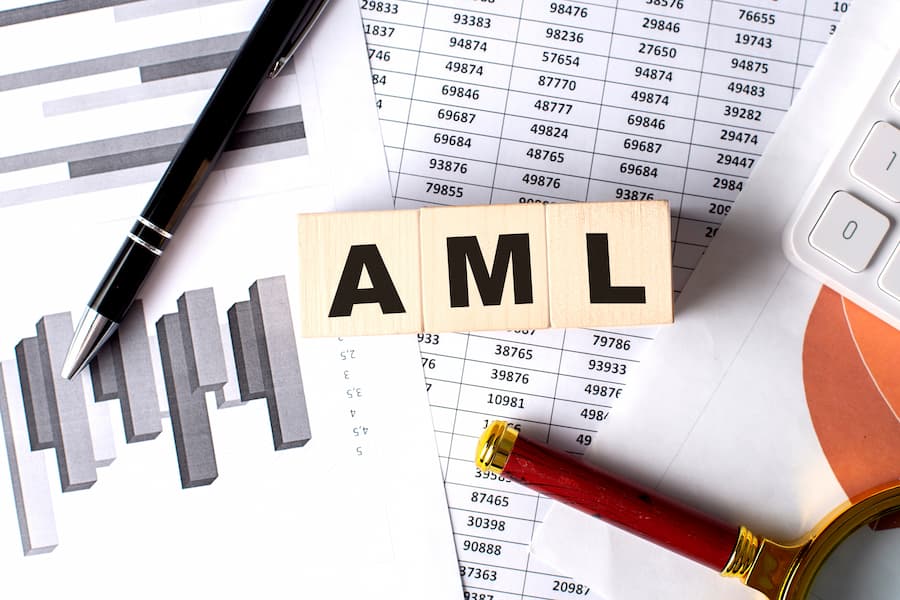If the phrase “it can’t be done” had dismayed the world’s leaders we would still be in the Stone Age.
Second only to divorce, moving house is right up there in the stress stakes. No one really likes the process yet nothing changes. In these articles over the next three months we will look at how we trade properties in the UK, the lack of meaningful change to the process in almost a century and discuss possible alternatives to what we do now. Some will say it can’t be done but that was probably said about England winning the football world cup.
History
At the Council of Mortgage Lenders’ (CML) conveyancing conference held at the end of November 2012, Jonathan Smithers, chairman of the Law Society Conveyancing and Land Law Committee, told a tale from years ago about one of his CPD (continuous professional development) instructors. He said there was no point attending sessions on conveyancing because very little changes in the world of conveyancing. Correct!
The Law of Property Act 1925 was passed with the aim of making the transfer of interests in land easier for purchasers. Really? It would appear that the legislation has not worked. Indeed, at the same CML conference mentioned above Professor Stephen Mayson, director of the Legal Services Institute, regaled us with his tale of moving house for the first time in 30 years. In his words, buying and selling a property was highly adversarial and a “dire experience”. I think we have probably all been there.
But why is this? Part of the issue is that property buying and selling has not moved forward, to any significant extent. Whilst man has been to the moon and put a spacecraft on Mars in the last century, the buying and selling process has remained firmly in Edwardian times.
There has been precious little alteration to the law (“…very little changes in the world of conveyancing”) but there have been some misguided attempts at change – Home Information Packs (HIPs) being the most spectacularly poor. A significant part of the problem is caveat emptor.
Caveat emptor
“Let the buyer beware”, is an old concept and one which has moved on considerably in the consumer goods world. But it remains in relation to property, yet is certainly well out of place. Why? Because there is a common enterprise involved here — someone is selling and someone wants to buy; they both have a common objective, which is to trade a property.
Caveat emptor means the odds are stacked heavily against the buyer, who takes all the risks (survey and legal expenses, etc) and has to find out if there is anything wrong with the property, in relation to its physical and legal condition (not to mention living with the worry that a seller may pull out of the transaction at any time).
And if the innocent buyer discovers later that there is a problem with the property, that he was not expecting, his remedies depend on proving that someone else was at fault:
– The seller for deliberately concealing a problem
– The seller for misrepresenting some information
– The buyer’s own legal adviser or surveyor for making a mistake
The “buyer beware” rule, and the fact that it applies to what is usually the largest purchase that a person will make in their lifetime, is often held out as the reason for instructing competent solicitors or conveyancers, in relation to checking legal titles. This is rather a negative position from which to start. How much better it would be to justify the use of professionals because their involvement made life easier for the seller and buyer.
Buyer beware is, however, being modified with the passage of time. The questions asked by lawyers have become standardised and there are the Law Society Conveyancing Protocol Forms. Taken to its logical conclusion all competent solicitors and conveyancers should give the same assessment about the legal condition of a property. So if all lawyers should give the same legal report on a property, where are the risks for the buyer? In essence they are:
– Error
– Dishonesty of the seller (misrepresentation or fraud)
If a progressive non-adversarial approach can be established for the validation of the legal condition of a property, then we can look at the whole conveyancing process with new eyes and start to engineer a process that is better for the buyer and seller.
The MOT
Yes, that rather important piece of paper that you want to know exists when buying a second hand car. Without the MOT you cannot put a car on the road. The seller has to prove the car is roadworthy and has been certified as such.
Now contrast that with house selling. You can put a house on the market without the equivalent of an MOT. Yes, you’ve got it — caveat emptor.
In the 21st century it would make eminent sense for properties to be traded with an upfront MOT of their own, something which said that a property was legally good to go. We’ll explore that concept and some other matters in the next part.
This article first appeared in Mortgage Finance Gazette




















